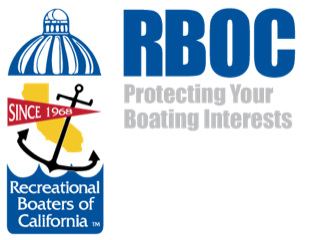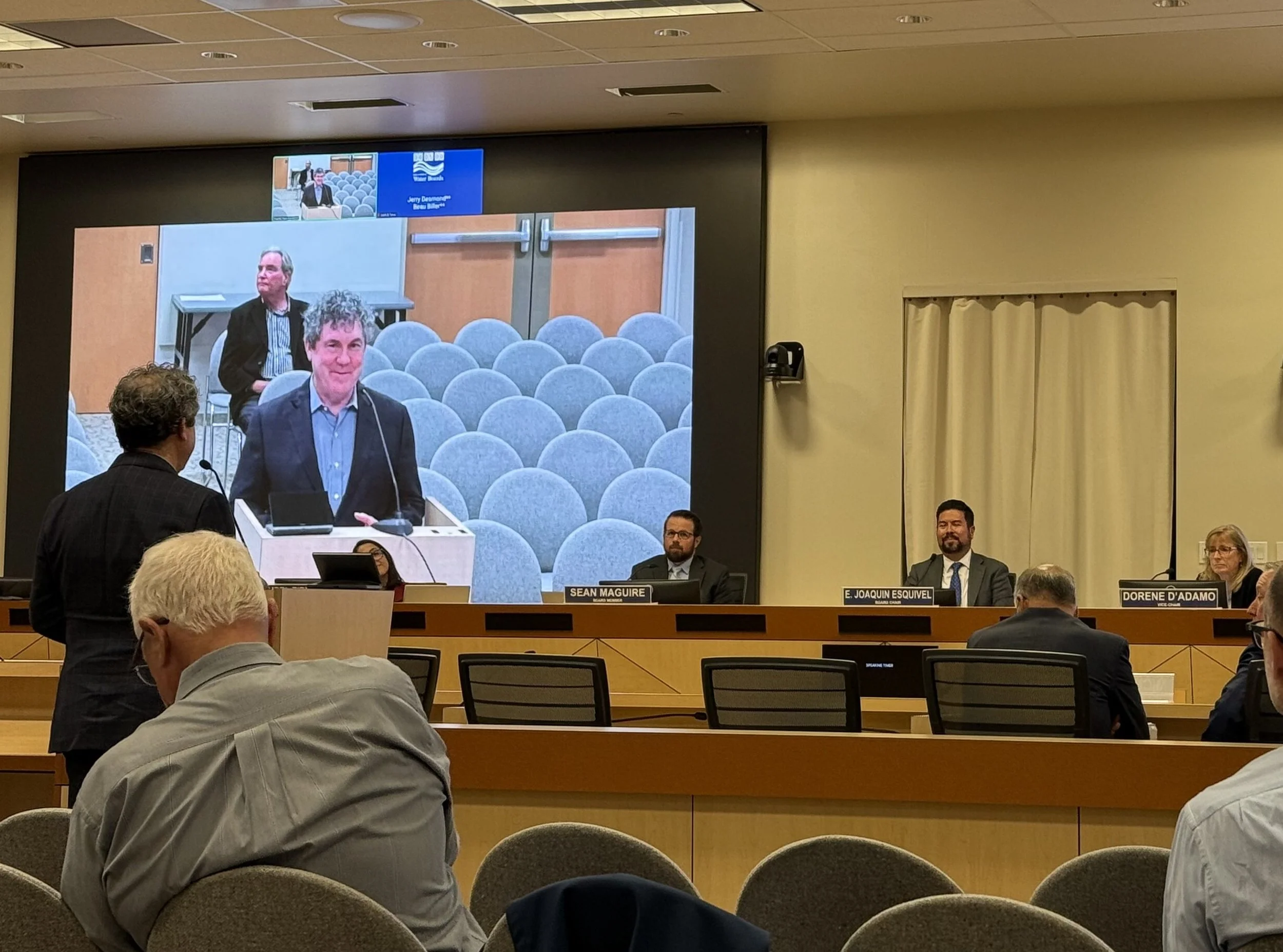RBOC testified in support of local boaters and the City of Newport Beach at this week’s State Water Resources Control Board hearing with testimony re-emphasizing several key concerns with the Santa Ana Water Board amendment to the Water Quality Control Plan for the Santa Ana River Basin to incorporate Total Maximum Daily Loads for Copper in Newport Bay.
The Copper TMDLs require an estimated 60% reduction in copper discharges from boats over a 12-year period. The Copper TMDLs include a provision that if the California Toxic Rule’s chronic criterion of 3.1 µg/L is met before the 60% reduction is achieved, no further reduction is required.
Key concerns of boating stakeholders were raised previously at the 2022 regional board and were updated at the hearing:
Antifouling surfaces [AFSs] are important to prevent the introduction and spread of invasive species and provide efficiency as boats move through the water.
Effective, affordable, and available alternatives to copper based AFSs remain under development and this presents an obstacle to the efforts of boaters to transition to alternatives to copper-based AFSs.
The conflict between the standards adopted by the Department of Pesticide Regulation for low leach rate copper AFSs and the TMDLs that are being adopted for impaired water bodies needs to be resolved - as intended by Assembly Member Dixon’s AB 773 earlier this year.
Approaches should be taken that are tailored to the particular impaired water bodies in Newport Bay and take a wholistic perspective to the body of water.
It is important to place a priority on, emphasize, and incorporate site specific objectives into the effort and to acknowledge and incorporate the information and experiences developed with the implementation of the Shelter Island and Marina del Rey basin plans.
The regional board is emphasizing that its schedule allows time for the implementation of strategies such as best management practices [BMPs], diver certification programs and diver/boater education programs. The schedule also provides time for conversions from copper AFPs to lower leach rate copper AFPs or alternative AFPs during routine maintenance of boat hulls.
Following public testimony and discussion among its members, the state board voted to approve the Santa Ana Regional Board’s resolution. The Copper TMDLs will next be considered by the United States Environmental Protection Agency U.S. EPA].







